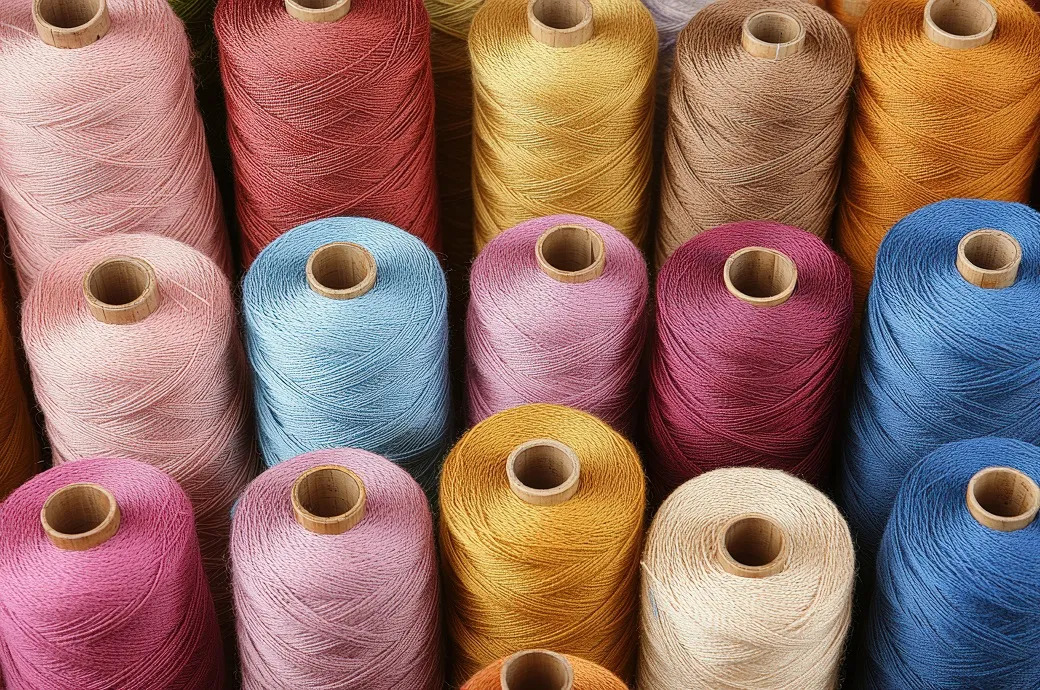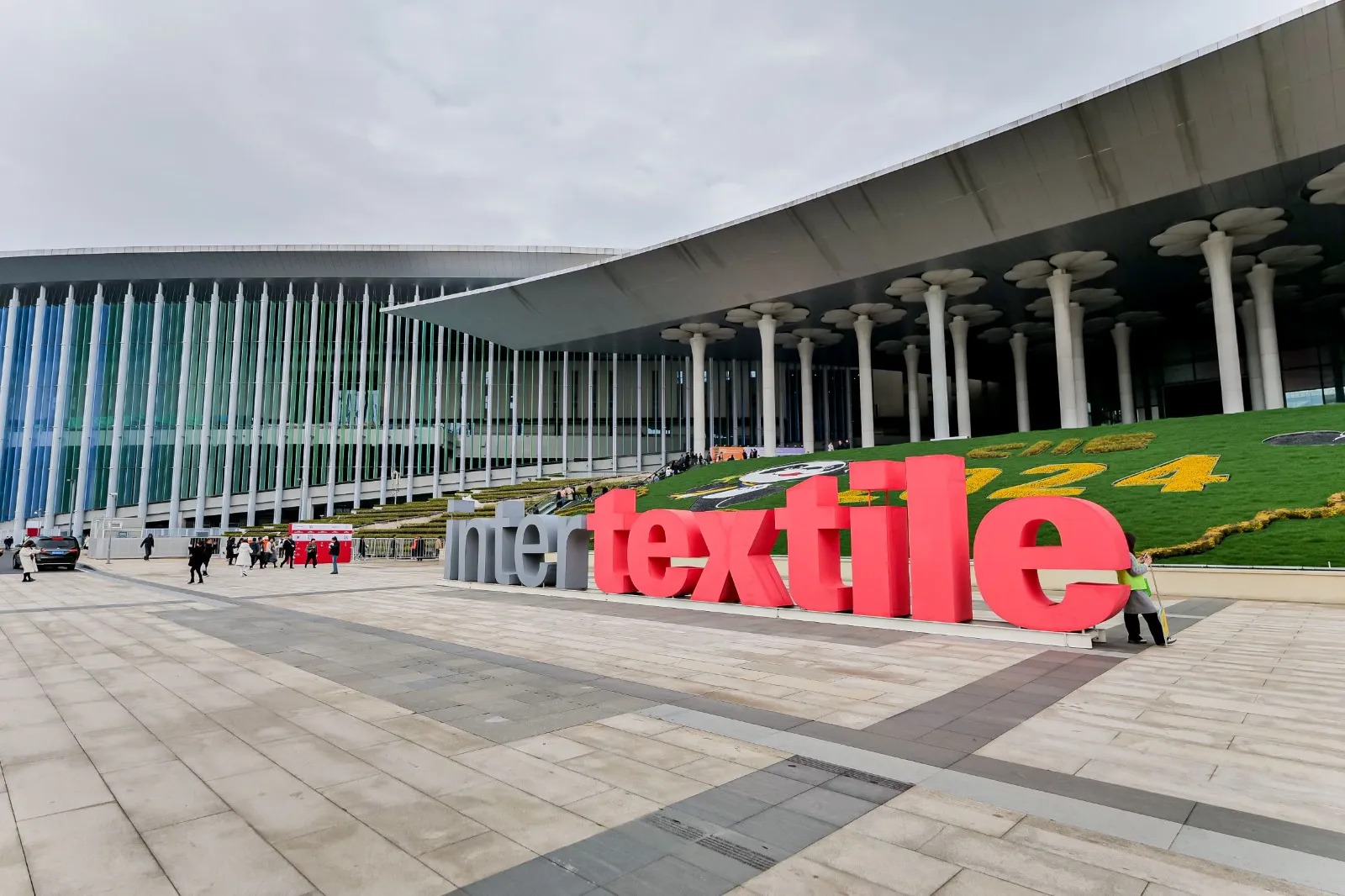
The textile industry is increasingly focusing on natural fibers and circularity, with new research and initiatives pointing towards a more sustainable future for fashion. Efforts are underway to redefine existing perceptions of fiber production and implement groundbreaking technologies for environmental responsibility.
Recalibrating cotton's water footprint
New global research from the International Cotton Advisory Committee (ICAC) challenges long-standing assumptions about cotton's water usage. The study, analysing cotton production data from 271 locations in 38 countries, reveals that cotton's irrigation water use is significantly lower than commonly believed. While cotton occupies approximately 2.92 per cent of the world's arable land, it accounts for only 2.76 per cent of total global agricultural irrigation water. The average irrigation water used globally for cotton production was found to be 2,346 liters per kg of lint. Importantly, the majority of the water used in cotton cultivation, around 74 per cent, originates from rainfall, not irrigation.
This revised understanding is attributed to methodological improvements and the widespread adoption of water-efficient irrigation systems like furrow, sprinkler/pivot, and drip irrigation, which have largely replaced traditional flood irrigation methods.
Table: Global cotton water use (Litres/kg lint)
|
Water Type |
Average Amount (Litres/kg lint) |
Percentage |
|
Irrigation |
2,346 |
26% |
|
Total (incl. Rainwater) |
8,927 |
100% |
Advancing organic cotton and traceability
The Organic Cotton Accelerator (OCA) has reached a milestone, with over 100,000 farmers enrolled in its Farm Programme for the 2024-25 cotton season. During the 2023-24 season, 82,264 farmers in India and Pakistan, including 35,070 in-conversion farmers, participated across 106,010 hectares, earning an average premium of 8 per cent above market price. The program has grown its network to include 18 brands, 14 implementing partners, and 11 seed partners. By the end of the season, 92 per cent of available organic cotton produced under the program was procured at higher prices by participating brands.
A detailed life cycle assessment (LCA) of Indian cotton production, commissioned by the OCA and conducted by South Pole, provides new insights into the environmental performance of organic versus conventional cotton systems across India's major growing regions. Organic systems performed better in almost every category, with the greatest relative improvements seen in hybrid and irrigated contexts. For instance, organic cotton under rainfed conditions showed a 35 per cent lower climate impact compared to conventional rainfed systems, while in irrigated contexts, the gap widened to 36 per cent, and in hybrid systems, it reached 62 per cent. These differences are primarily attributed to reduced fertilizer inputs and lower on-field emissions of nitrous oxide.
Meanwhile, the U.S. Cotton Trust Protocol and Supima have partnered to increase cotton supply chain traceability, providing brands and retailers with unprecedented access to farm-level data. This collaboration leverages USDA's permanent bale identification system and TextileGenesis's traceability platform.
Table: Yields in organic cotton production
|
System Type |
Yield (kg/ha) |
|
Conventional-Rainfed |
1,509 |
|
Organic-Rainfed |
1,503 |
|
Conventional-Irrigated |
1,343 |
|
Organic-Irrigated |
1,278 |
|
Conventional-Hybrid |
1,245 |
|
Organic-Hybrid |
1,846 |
Notably, under hybrid irrigation, organic cotton shows a higher yield than conventional cotton.
Challenges and innovations in textile recycling
New research highlights a critical factor affecting cotton textile recycling: the degree of aging in the waste material. Studies show the mechanical quality of regenerated cellulose fibers significantly declines with increased thermal aging of source textiles. For example, fibers made from unaged textiles had a tensile strength of 204.83 megapascals, while those from textiles aged at 200°C fell to just 47.50 megapascals. This presents a dilemma between extending garment lifecycles through reuse and ensuring suitability for recycling.
Addressing these complexities, recycling technology companies are working to increase recycled content without sacrificing product quality and durability. RE&UP, for instance, produces Next-Gen recycled materials from both post-consumer and industrial textile waste, engineered to meet the performance standards of virgin materials. Their proprietary technology can recycle the majority of polycotton blends, facilitating the transition to a circular fashion model.
Brands like Wrangler are also actively involved in circular denim initiatives, exploring the delicate balance between durability and the use of natural and recycled fibers. Their participation in the Accelerating Circularity initiative aims to create regional systems for textile-to-textile recycling. Wrangler acknowledges that mechanical recycling can degrade fiber quality over time, making chemical recycling a promising but more investment-intensive alternative. The brand aims for 10-20% recycled cotton content without compromising durability and is focused on using mono-materials to ease recycling processes.
Sustainable practices in cotton and silk production
A recent study highlighted the environmental impacts of producing cotton T-shirts in Peru, identifying cotton production and the use phase of the garment as the most impactful stages. Energy, fertilizers, and water use were found to be the main environmental burdens, with irrigation water in cotton fields contributing 97 per cent of the Water Scarcity Footprint. The study suggests optimizing water use, reducing reliance on fertilizers, and promoting better garment use practices to mitigate these impacts.
In India, a socio-economic study in West Bengal revealed that sericulture is transforming lives, particularly for rural women, by providing economic empowerment and reducing marginalization. Women's involvement in various stages of silkworm rearing has led to increased household incomes and greater decision-making power. Self-help groups play a crucial role in providing access to resources, training, and collective support, leading to more efficient operations and preserving traditional knowledge.
The global silk industry is also exploring a transition to a circular economy model. A study by Politecnico di Milano identified six key areas for embedding circular practices: waste utilization, circular design, consumer education, technological advancement, traceability, and supportive government regulations. Repurposing silk production waste into fertilizers, animal feed, cosmetics, or spun silk products is a major opportunity.












